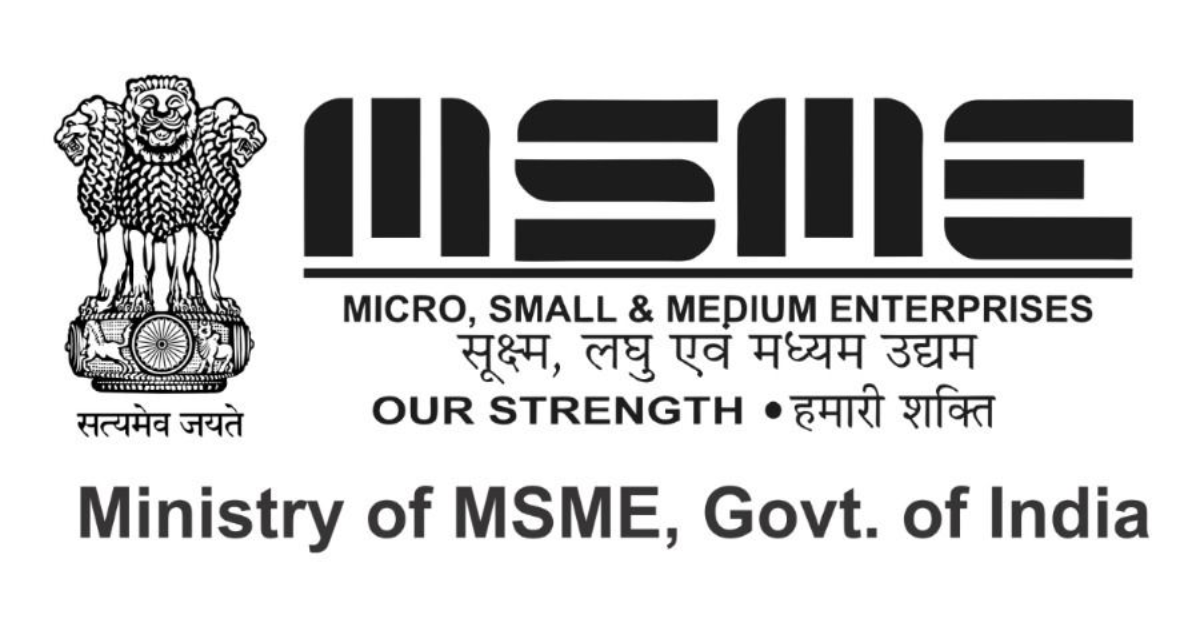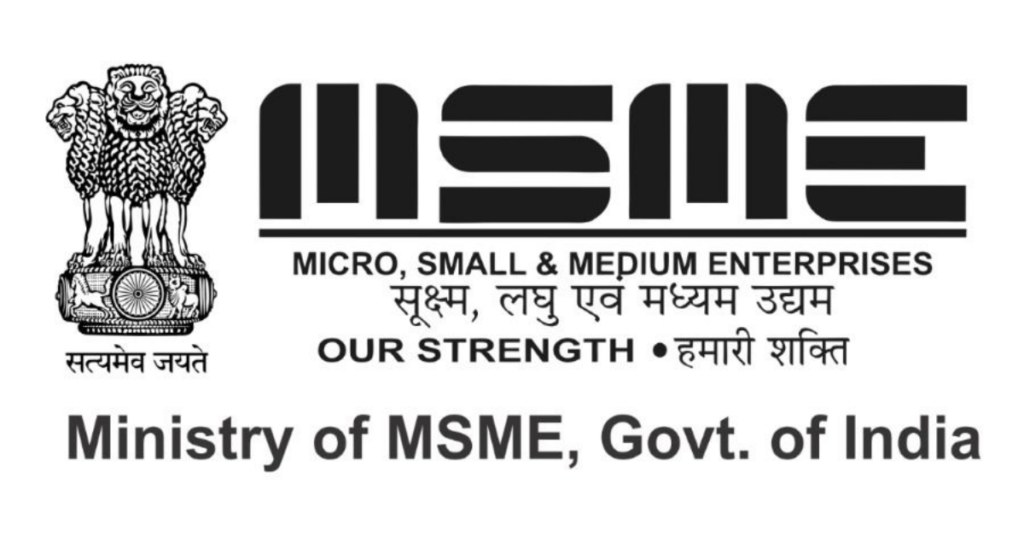With streamlined regulations and increased credit access, MSMEs have the potential to significantly enhance India’s real estate sector. MSMEs play a pivotal role in innovation, employment, and economic growth, contributing over 30% to India’s GDP. This sector is poised to transform India’s economic landscape further.
A report indicates that over 140 million people are currently employed in the MSME sector. Experts predict that the sector’s worth will reach one trillion dollars by 2028, representing a vast market with numerous possibilities. Given these positive statistics, attention is now focused on how MSMEs will reshape the real estate market and their substantial potential.
Role of MSMEs in the Real Estate Sector
Construction firms, contractors, consultants, and suppliers are integral parts of MSMEs. The construction sector contributes about 8% of India’s GDP and is projected to become the third-largest in the coming years. Many firms in this sector are unorganized, presenting an opportunity for official MSME registration. Despite global economic challenges and inflation, the real estate sector has shown resilience, and MSMEs have played a significant role in this growth.
Trends in the MSME Sector in India
Real estate MSMEs benefit from low-interest rates, exemptions on electricity consumption, and zero-collateral loans. Maintaining a track record of timely project execution, effective cash flow management, and formal documentation is crucial for these firms. While established developers secure finances from commercial banks and private equity, small developers often face challenges in obtaining project funding. Upgrading MSME infrastructure and digitalizing operations will be critical for the sector’s development.
The construction sector can also benefit from MSME registration, allowing firms to supply goods and services to large-scale companies involved in construction. The 2023-2024 Union Budget increased the infrastructure budget by 33%, recognizing infrastructure as a key factor for sustainable growth. MSMEs can support large construction firms and access suppliers of essential building materials.
Registering as MSMEs: For Real Estate
MSME registration allows developers to access credit from financial institutions and banks without pledging assets as security. Registered developers can benefit from reduced interest rates and free ISO certification, providing financial aid for obtaining certification. Registered MSMEs can also protect their innovations with a 50% subsidy on registration costs.
Significance of MSMEs
MSMEs are agile and cater to the needs of India’s middle class. Their flexibility and adaptability are commendable, as they often work based on client preferences, fostering personal connections. MSMEs are one of the largest employers outside the rural domain, employing over 40% of workers with low technology and capital requirements. They support capacity building and resource mobilization, allowing small business owners to develop innovative products. Multinational companies depend on these firms for auxiliary and semi-finished products, making MSMEs crucial to creating a suitable and inclusive society.
Future Outlook: MSMEs and Real Estate
Lending to MSMEs in real estate is expected to increase, with more private firms expanding their exposure to this sector. Financial companies using AI-powered credit scoring and predictive analysis will modernize the lending landscape, benefiting construction companies by scaling up their projects. Upgrading MSME infrastructure, including project-specific incentives like power consumption rebates and land cost discounts, will provide strong incentives for developers.
The proposal for a 75,000 crore investment in transport infrastructure projects in India will benefit MSMEs in the manufacturing space. Incentives for setting up skill development centers and business mentoring services for compliance with RERA in the real estate sector will promote professionalism among small developers. Real estate MSMEs will also benefit from various policy incentives announced by the State and Central Governments of India.
With streamlined regulations and increased credit access, MSMEs can drive economic growth and prosperity in India. Government support for MSMEs and focused initiatives will be crucial in realizing these outcomes. The real estate sector is set for a revolution powered by MSMEs.

















